Growth in the Automotive Sector
The automotive sector is emerging as a significant driver for the Staples Polypropylene Nonwoven Fabric Market. Nonwoven fabrics are increasingly being utilized in automotive interiors, including seat covers, headliners, and insulation materials. The global automotive industry is projected to grow steadily, with an estimated increase in vehicle production, which in turn boosts the demand for lightweight and durable materials. Nonwoven fabrics offer advantages such as reduced weight and improved acoustic properties, making them an attractive choice for manufacturers. As the automotive industry continues to evolve, the Staples Polypropylene Nonwoven Fabric Market is likely to capitalize on this growth, providing innovative solutions that meet the needs of automotive manufacturers.
Rising Demand in Hygiene Products
The Staples Polypropylene Nonwoven Fabric Market is experiencing a notable surge in demand for hygiene products, driven by an increasing awareness of health and cleanliness. Nonwoven fabrics are extensively utilized in the production of personal care items such as diapers, feminine hygiene products, and medical disposables. The market for these hygiene products is projected to grow at a compound annual growth rate of approximately 5.5% over the next few years. This growth is largely attributed to the rising population and the growing emphasis on health and hygiene, particularly in developing regions. As consumers become more health-conscious, the Staples Polypropylene Nonwoven Fabric Market is likely to benefit from this trend, as manufacturers seek to produce high-quality, absorbent, and cost-effective materials for hygiene applications.
Expansion in the Construction Industry
The Staples Polypropylene Nonwoven Fabric Market is benefiting from the expansion of the construction industry, where nonwoven fabrics are increasingly used for geotextiles, insulation, and roofing applications. The construction sector is witnessing a resurgence, driven by urbanization and infrastructure development projects. Nonwoven fabrics provide essential functions such as soil stabilization, drainage, and moisture control, which are critical in construction applications. The demand for these materials is expected to rise as more construction projects are initiated, particularly in emerging economies. Consequently, the Staples Polypropylene Nonwoven Fabric Market is poised to experience growth as it supplies innovative and effective solutions to meet the evolving needs of the construction sector.
Innovations in Manufacturing Processes
Innovations in manufacturing processes are playing a crucial role in shaping the Staples Polypropylene Nonwoven Fabric Market. Advances in technology, such as the development of spunbond and meltblown techniques, have enhanced the efficiency and quality of nonwoven fabric production. These innovations not only reduce production costs but also improve the performance characteristics of the fabrics, making them more suitable for a variety of applications. For instance, the introduction of biodegradable polypropylene nonwoven fabrics is gaining traction, aligning with the increasing demand for sustainable materials. As manufacturers adopt these advanced techniques, the Staples Polypropylene Nonwoven Fabric Market is expected to witness a transformation, leading to enhanced product offerings and increased market share.
Increased Focus on Sustainable Practices
An increased focus on sustainable practices is significantly influencing the Staples Polypropylene Nonwoven Fabric Market. As environmental concerns gain prominence, manufacturers are seeking eco-friendly alternatives to traditional materials. The demand for recyclable and biodegradable nonwoven fabrics is on the rise, as consumers and businesses alike prioritize sustainability. This shift is prompting companies within the Staples Polypropylene Nonwoven Fabric Market to invest in research and development to create sustainable products that meet regulatory standards and consumer expectations. The market is likely to see a growing array of sustainable offerings, which could enhance brand loyalty and attract environmentally conscious consumers.


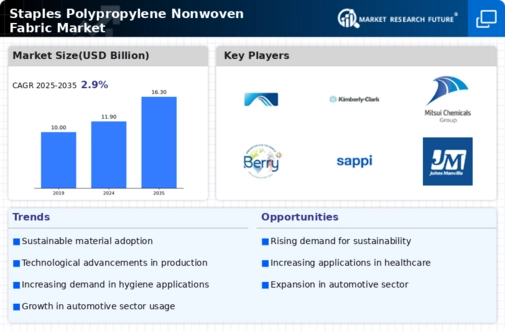
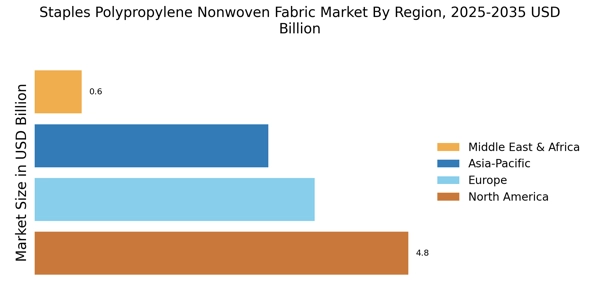
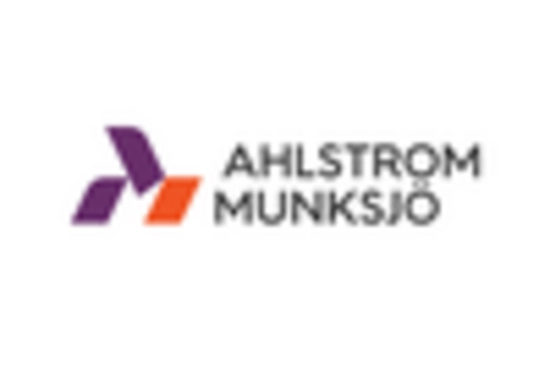

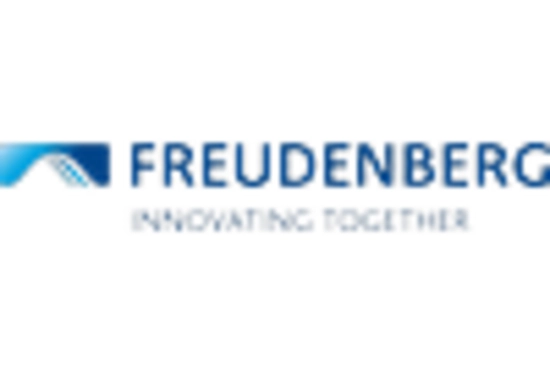

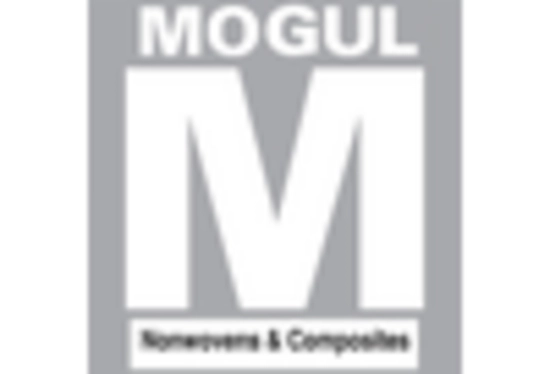
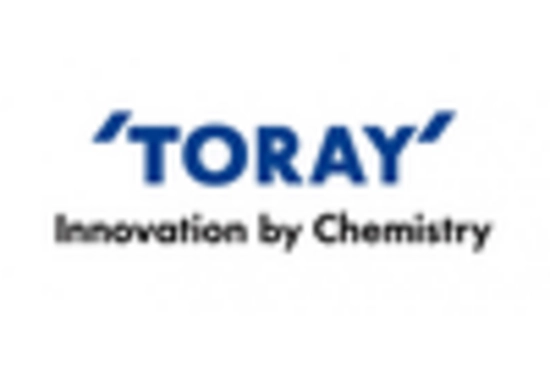








Leave a Comment